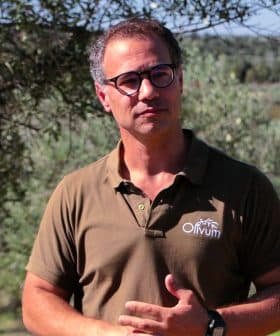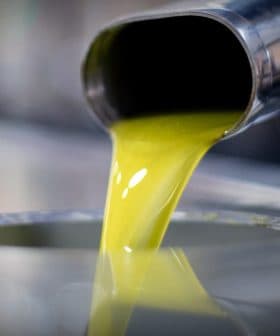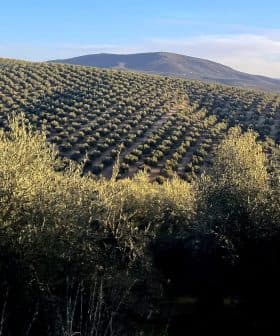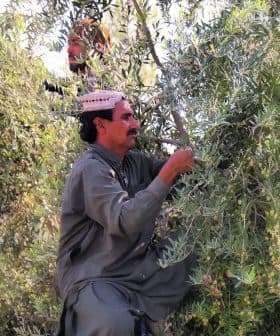Olive Tree Transcriptome Mapping Key to Industry Efficiency
Researchers from the University of Jaén collaborated with a multi-disciplinary group to map the transcriptome of the olive tree, with a focus on genes related to desirable traits in olive production. By analyzing genes in various tissues at different stages of development, the study aims to optimize the breeding process and improve efficiency in the olive sector, potentially leading to the development of new and improved olive varieties.

Researchers from the University of Jaén have collaborated with a multi-disciplinary group to map the transcriptome (the set of all RNA molecules produced in a population of cells) of the olive tree, a step that is hoped to improve efficiency and reduce cost of olive production and processing.
Traditional olive breeding programs focus on desirable traits such as a short juvenile period and oil characteristics, such as fatty acid composition and phenolic compounds that are in demand in the marketplace. The structural form of the tree is also an important consideration, with those suited to mechanical harvesting the most sought after. By understanding the molecular basis of these characteristics, the process can be optimized more easily than with traditional methods. However, information regarding the genetic make-up of the olive is still not readily available, despite the advantages that such information confers to the industry, hence the new mapping has the potential to facilitate growth and development of the olive sector.
The study, which was published in the journal DNA Research, focuses on mapping and recording the transcriptome of the olive tree, Olea europaea L, which is one of the most widespread fruit trees in the Mediterranean basin and vital to the economy of the region. The transcriptome is the part of the genome which contains the largest number of genes, and so provides the greatest amount of encoded information in the total DNA of the plant. The recent study has specifically focused on the 80 percent of olive genes that are related to areas that are of use to breeders, such as fruit ripening, growth and when the tree starts to produce fruit.
Olive tissue at various stages, including fruit, roots, leaves and seeds are analyzed at differing times of development to provide information about gene function at these different phases of development. Genes that are used by cells in the different tissues at various times are analyzed to lead to the optimization of the process of the development of the tree and fruit. Different varieties such as Picual, Arbequina and Lechin of Sevilla have been included in the analyses.
It is hoped that the study will provide valuable information to olive growers and breeders and allow projects to be developed to obtain new and improved varieties at a low cost and with greater efficiency than exiting methods. It may also serve as a problem-solving device, allowing the better solutions to specific breeding problems.
The new study is part of the Oleaga project, which began in 2008 with the purpose of generating a genetic map of the olive. The information obtained from the project is hoped to ensure more productive and profitable farming, as well has the production of higher quality oils that confer greater health benefits.









